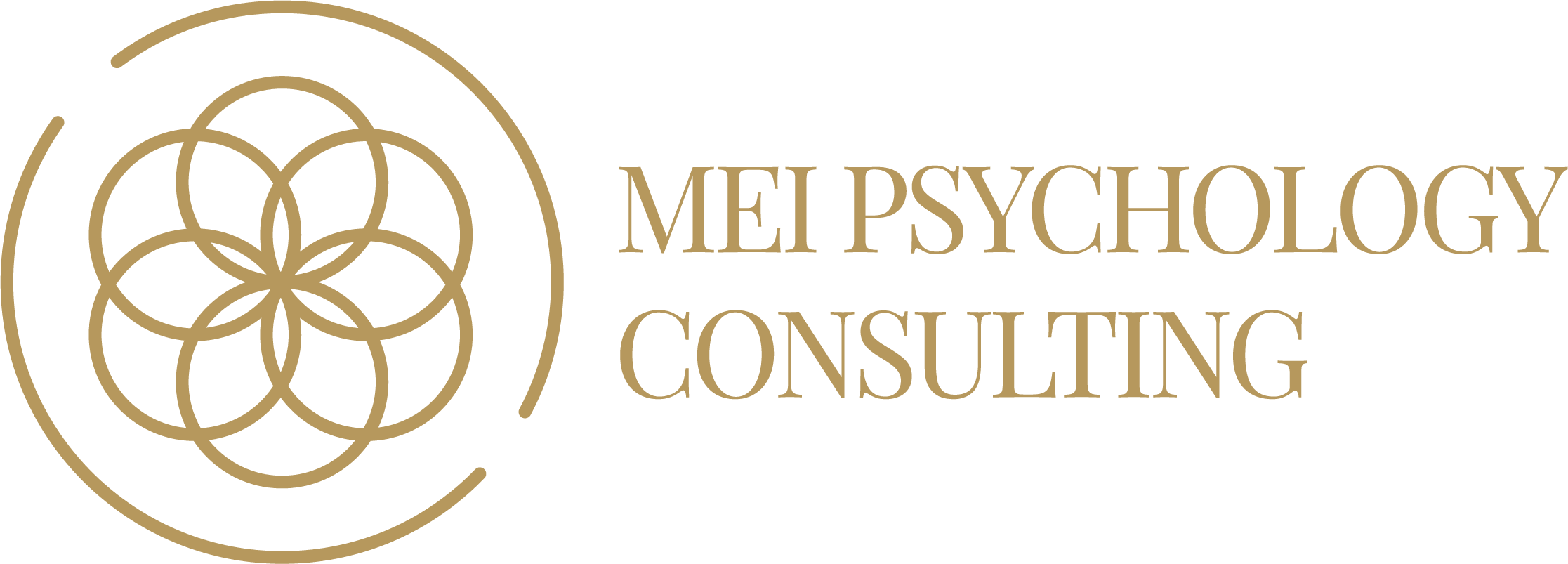The symbolism of sexuality and unspoken voice: From Xiaohe Cemetery to the art of Pan Dao – by Meifun Kuang, PhD.
Abstract: This study is to analyze the meanings and impacts of the symbolism regarding sexuality and unspoken voice between the archeological site and the modern artworks inspired by it.
Xiaohe cemetery, once considered as the unfound mystery of Archaeological Researches in Sinkiang written by Folke Bergman in 1939, has been relocated and excavated since 2000. As the single site with the largest number of mummies in the world, there are more than three hundred of tombs built in five layers estimated from 3,300 to 3,800 years ago in the Lop Nor desert of Xinjiang Uygur Autonomous Region of northwestern China. All the coffins wrapped by oxhide in the shape of a boat made of two massive pieces of planks without a bottom base but an opposite sexual symbol made of Populus wood near the upper end on the top. Along with the buriers, bamboo basket, wooden mask, arch, arrow and sexual symbols of opposite sex may accompany.
The images of these remarkably intact mummies and the symbolism they left have been an “in between” of live and dead cross 4,000 years, spiritual and physical world, Chinese, inner Asian and European cultures, desert and river spaces (Xiaohe means little river in Mandarin Chinese). The vivid symbols in the coffins and wooden sculptures express the clear voice to the relationship and attachment to sexuality and spirituality of Xiaohe culture, which aligns with the petroglyph in Hutubi in Xinjiang and other archeological findings in China, especially among minority cultures. The spoken voice toward sexuality and spirituality has been in contrast to the conservative mainstream culture of modern China.
Pan Dao, the artist born in Beijing and grew up in Xinjiang has been inspired by Xiaohe Cemetery and created a series of oil paintings and sculptures. All his works named as the title “一” (一 means “one” in Chinese) and this is also the symbol presented in all the works. This symbol looks like a head of dog or human being without clear mouth and ears but a strong foot, which used to be two feet and transformed to one foot in this latest series. As Pan Dao wrote ahead in the album of his works, “Who are you? Where are you from? Where are you going? 1=2≠1”; according to Pan Dao, the “One” represents the beginning, birth and chaos and the “二” (二 means “two” in Chinese) is the opposite of the “One”; the present, process and the end. One and two always exist together and make a whole; they are the different sides of the whole; they connect, change and unite together. “Two”, the process, phenomenon, and substance, is not the whole and either the “one”. This symbol is the voice to both the physical and spiritual world, which is floating, standing and being with all the works of his and Xiaohe Cemetery as he put one 4 meters sculpture near the site.
The symbols in Xiaohe cemetery connect us to the introvert energy and sensational openness toward sexuality in living life and world of after the death of the ancient people once lived at the crossroad of cultures. The artworks of Pan Dao inspired by which present a more philosophical wholeness yet unspoken voice to modern China and the world.


